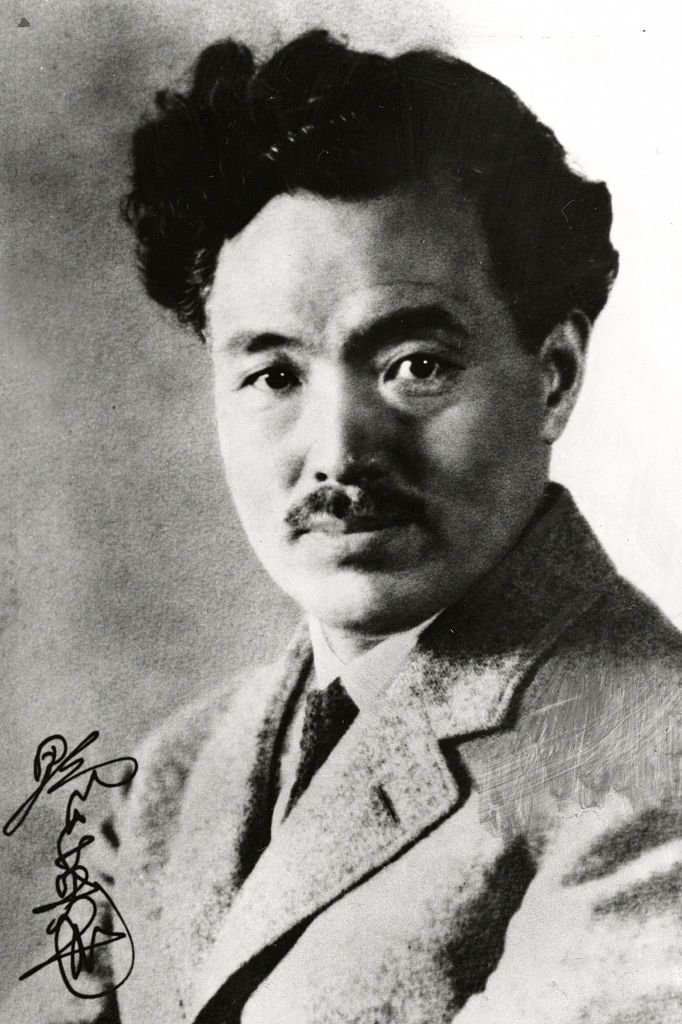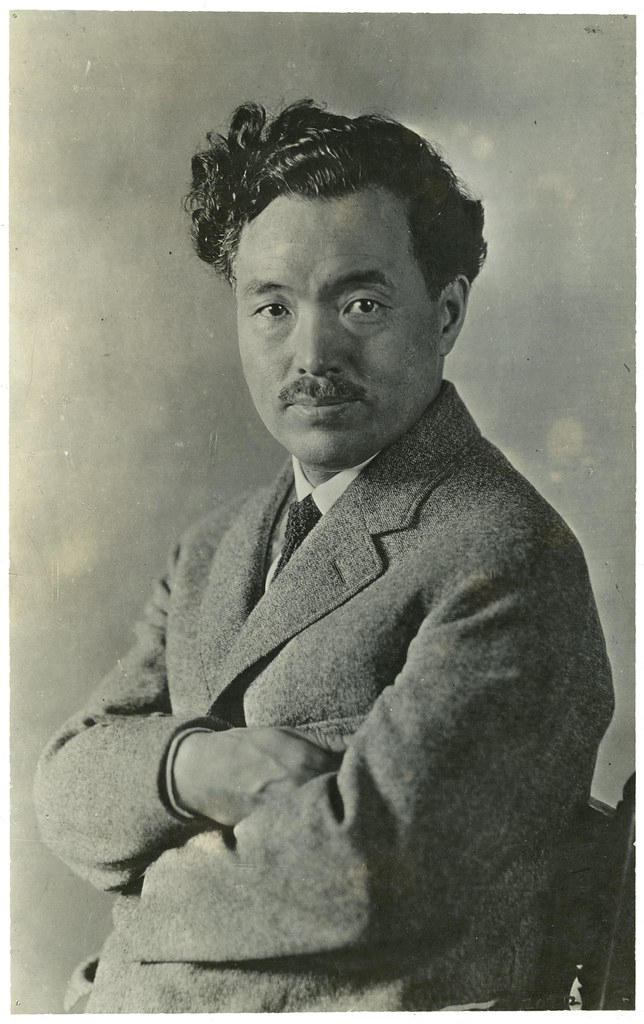Hideyo Noguchi
Hideyo Noguchi (野口 英世, November 9, 1876 - May 21, 1928), also known as Seisaku Noguchi (野口 清作, Noguchi Seisaku), was a prominent Japanese bacteriologist who discovered the agent of syphilis as the cause of progressive paralytic disease in 1911. Other long-lasting contributions include the use of snake venom in serums, the discovery of the leishmaniasis pathogen, and the association of Carrion's disease with Oroya fever. His claim to have created a syphilis culture is deemed irreproducible.
You may not recognize his name, but if you've spent any time in Japan, you've undoubtedly seen Noguchi Hideyo's face. He is well-known in Japan as the face of the 1,000 yen bank note. Since 2004, this bank note has been in circulation.
Noguchi was a bacteriologist who rose to prominence in 1911. Noguchi moved to America to work at the Rockefeller Institute of Medical Research, where he was nominated for the Nobel Prize in Physiology and Medicine on several occasions.
Despite his tragic death in 1928, Noguchi was posthumously awarded the Japanese government's "Order of the Rising Sun, Gold and Silver Star." He is regarded as one of the most important historical figures in Japan. The Noguchi Memorial Institute for Medical Research (NMIMR) was established in 1979 at the University of Ghana in Legon, a suburb north of Accra, with funds donated by the Japanese government.












